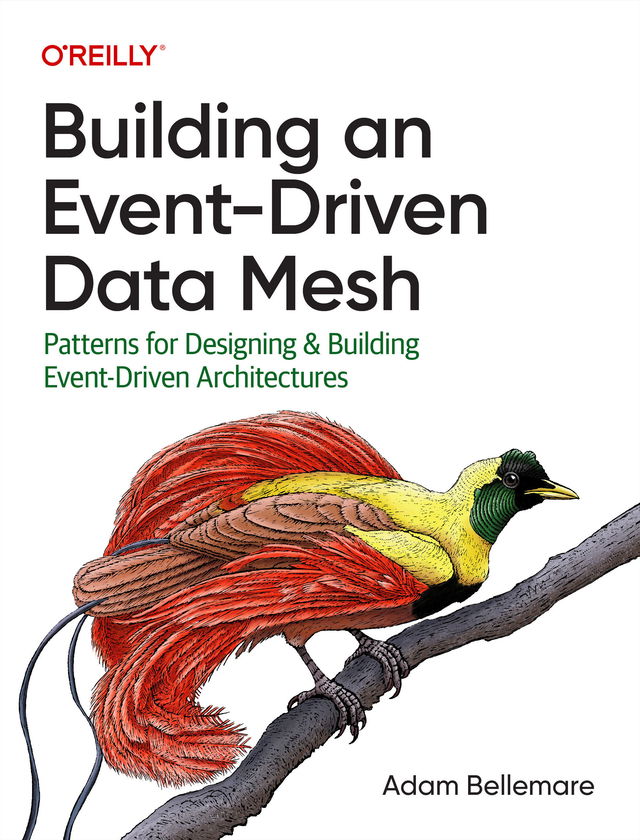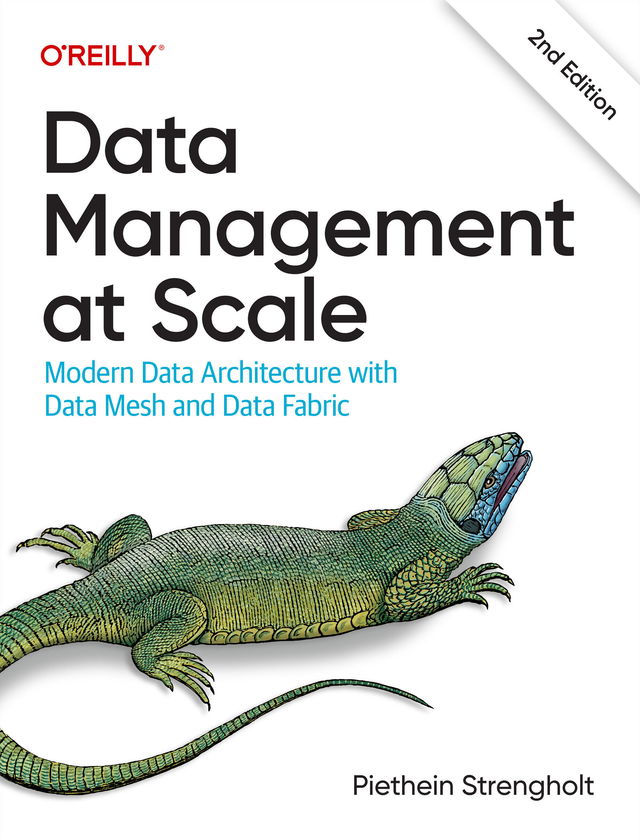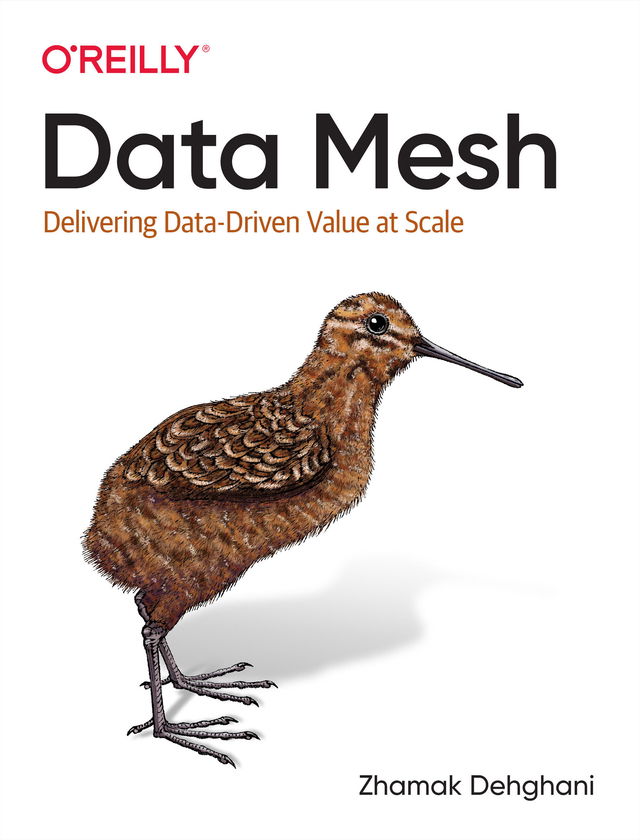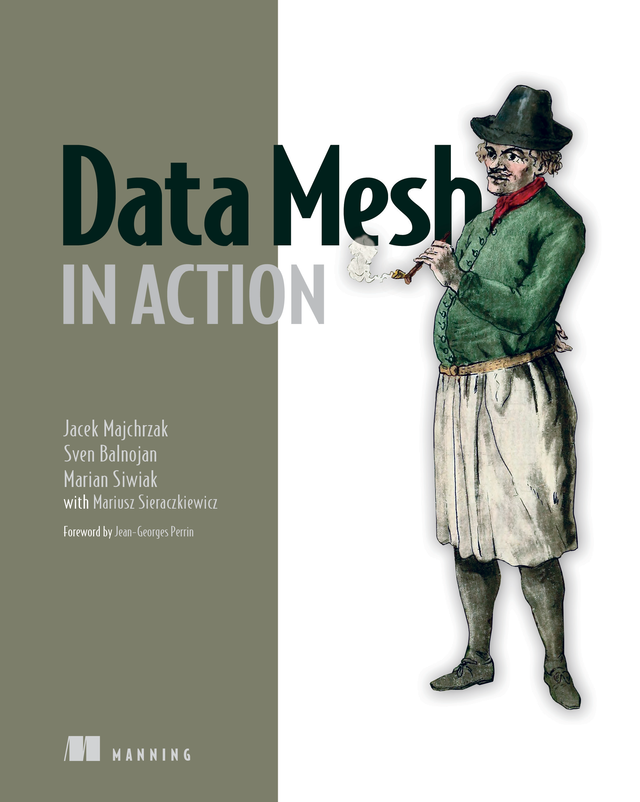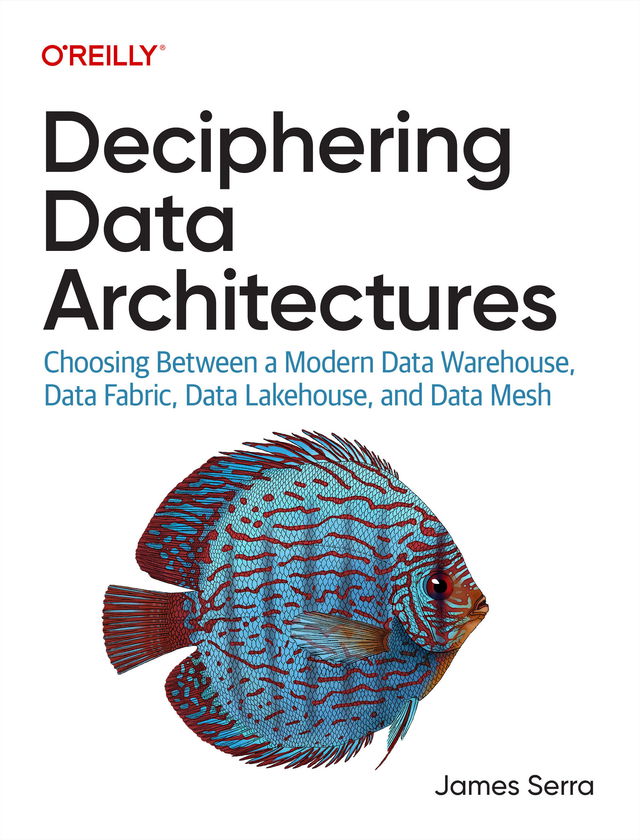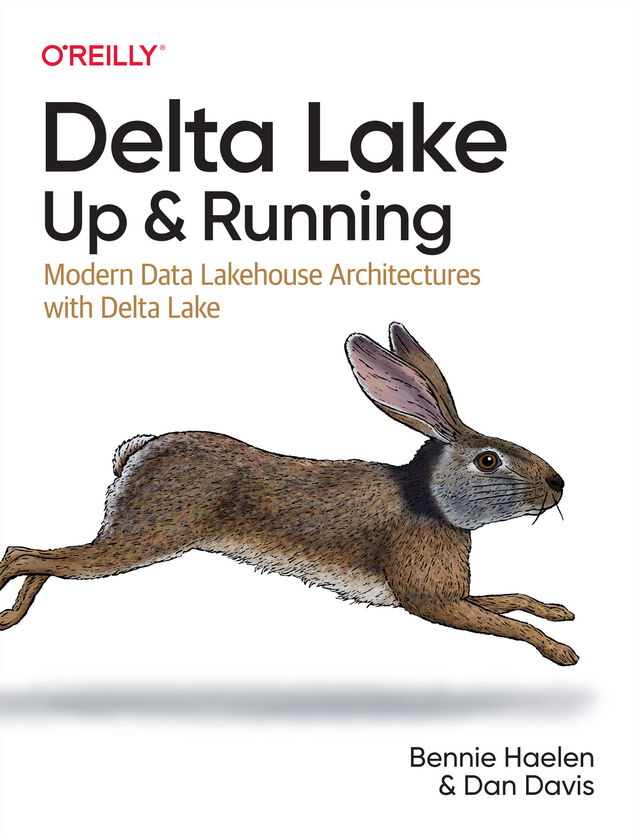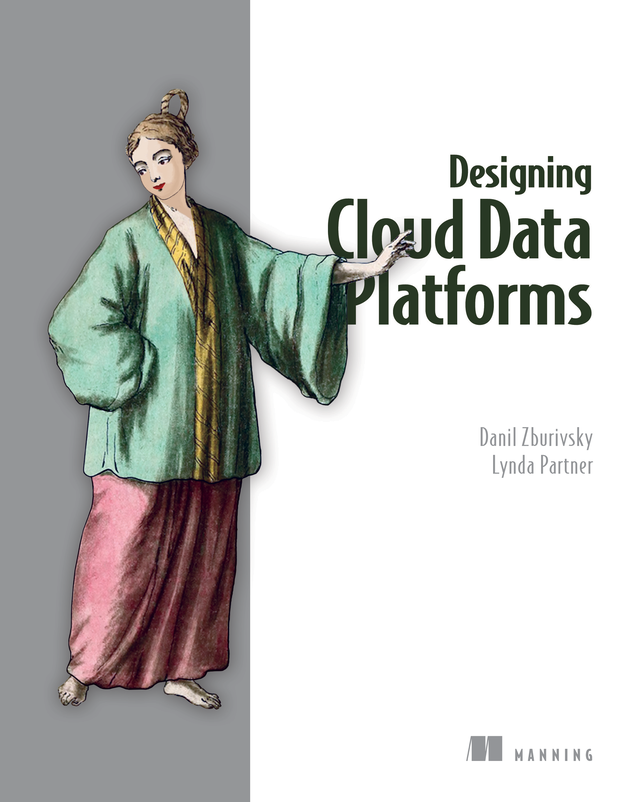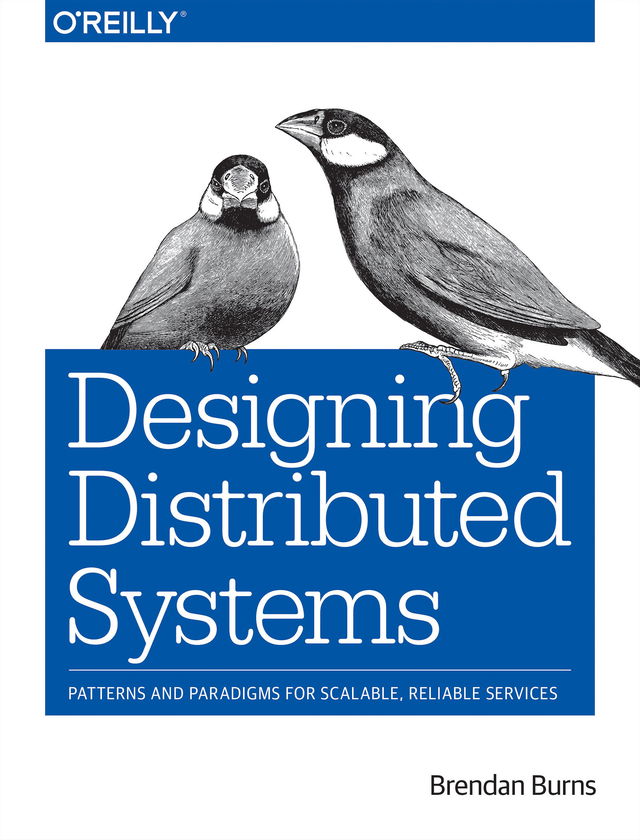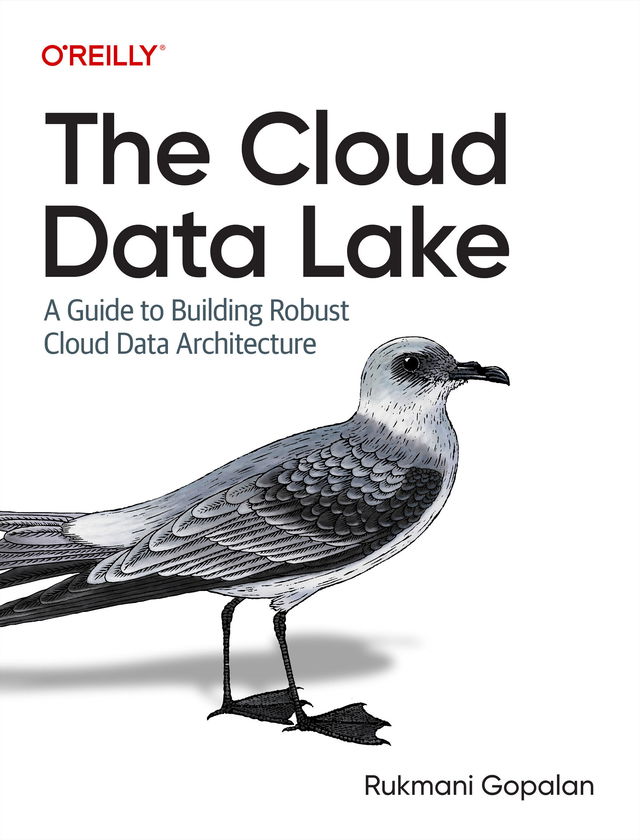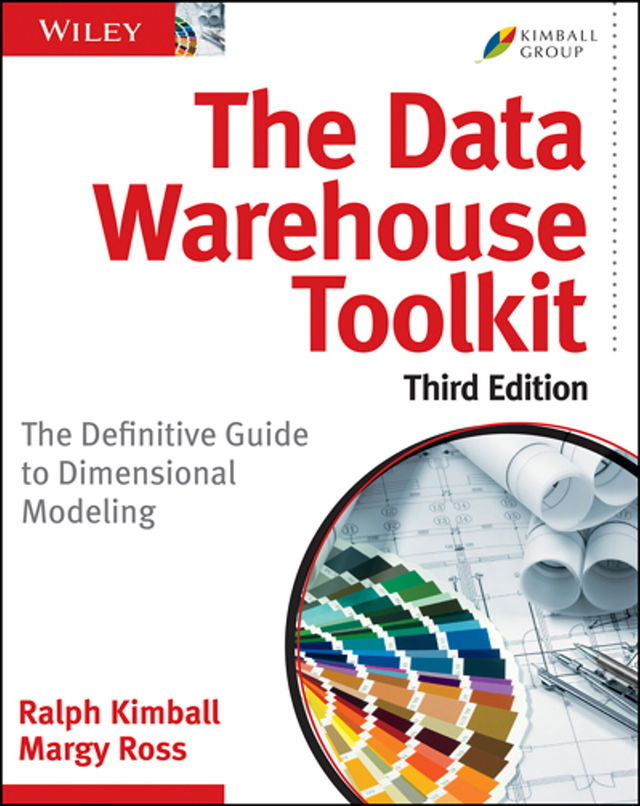The exponential growth of data combined with the need to derive real-time business value is a critical issue today. An event-driven data mesh can power real-time operational and analytical workloads, all from a single set of data product streams. With practical real-world examples, this book shows you how to successfully design and build an event-driven data mesh.
Building an Event-Driven Data Mesh provides:
- Practical tips for iteratively building your own event-driven data mesh, including hurdles you'll experience, possible solutions, and how to obtain real value as soon as possible
- Solutions to pitfalls you may encounter when moving your organization from monoliths to event-driven architectures
- A clear understanding of how events relate to systems and other events in the same stream and across streams
- A realistic look at event modeling options, such as fact, delta, and command type events, including how these choices will impact your data products
- Best practices for handling events at scale, privacy, and regulatory compliance
- Advice on asynchronous communication and handling eventual consistency
